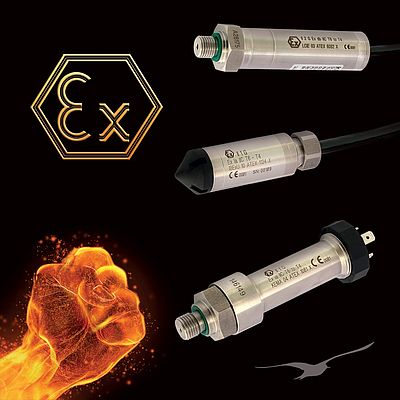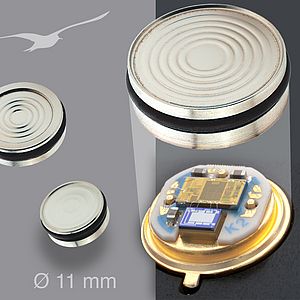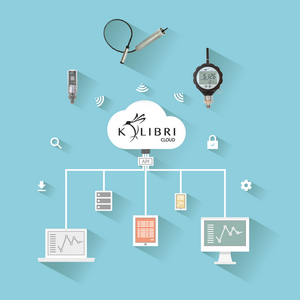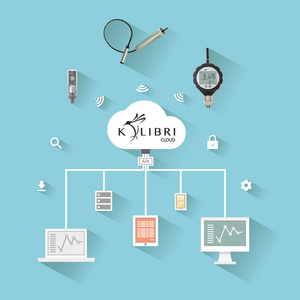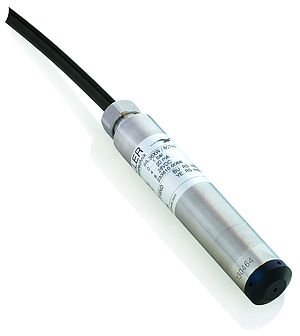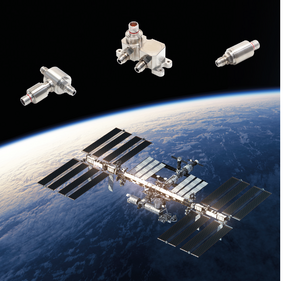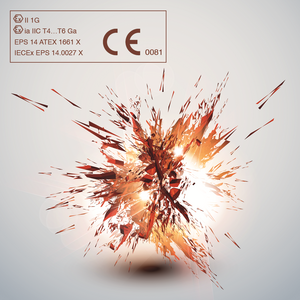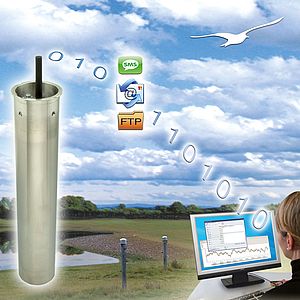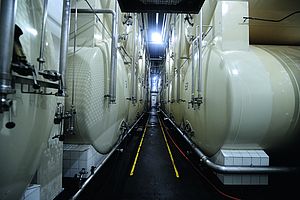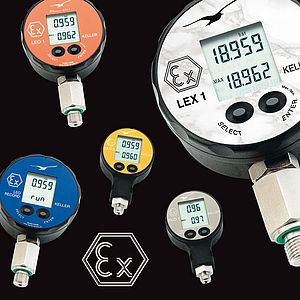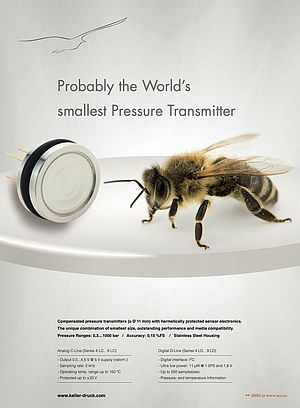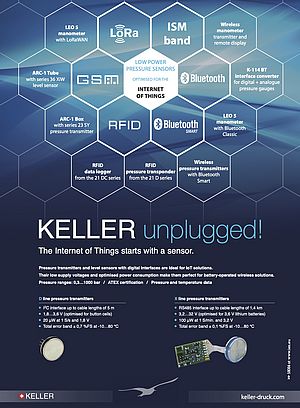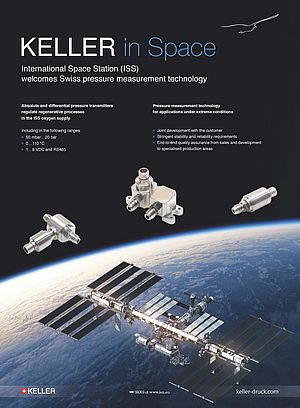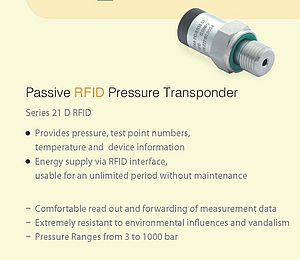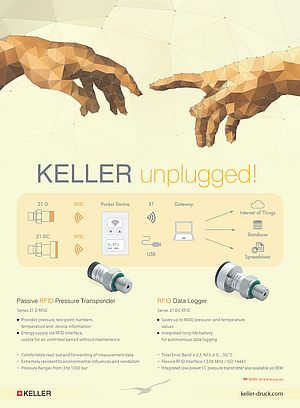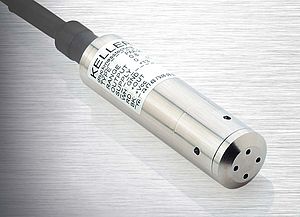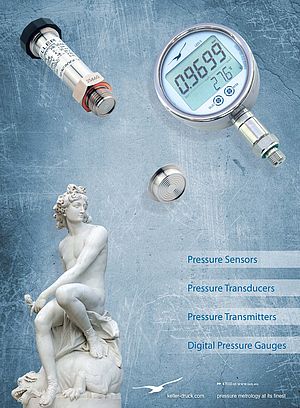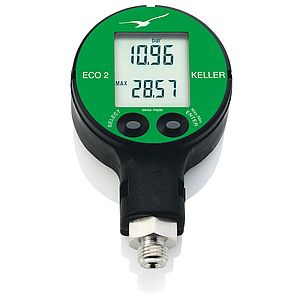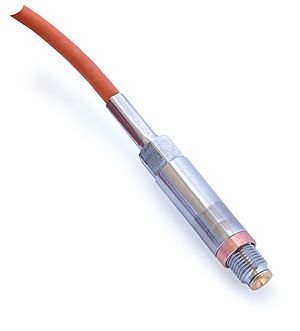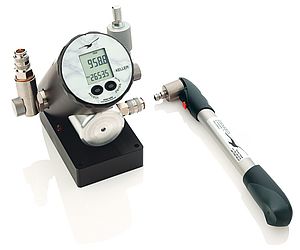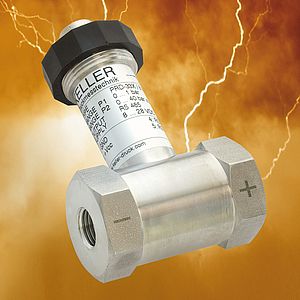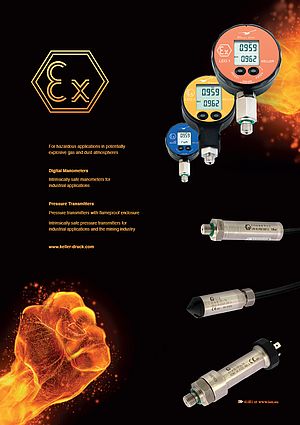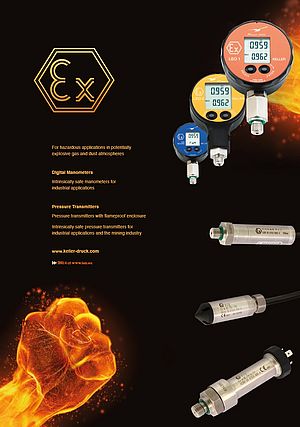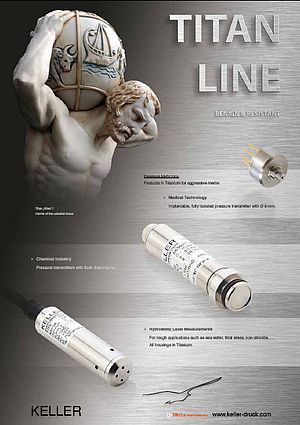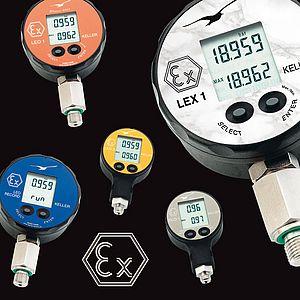Keller has introduced a complete range of pressure transmitters for use in hazardous areas. These intrinsically safe transmitters offer measurement ranges of between 0,2 bar and 1000 bar, so they can be used for measurements of all types in areas subject to explosion hazards in Group II (Gas), and as per the relevant ATEX Directive. Individual types from the product range are also approved for Group I (Mining) respectively Group II (Dust).
Common features of all Y-line pressure transmitters include a very low temperature error, with correspondingly high measurement accuracy. Thanks to the integrated temperature sensor and an additional digital circuit, the range of envisaged operating temperatures can be divided into as many as 120 sections with a width of 1.5 Kelvin. During factory calibration, a mathematical model is used to calculate individual compensation values for TK zero point and TK amplification for each of thesesections; the values are then stored in the transmitter. Duringoperation, these values are fed into the analog signal path according to the temperature, without reducing the 2 kHz signal processing dynamic. A relevant total error band for measurement purposes of ±0,8 %FS can therefore be attained over the typical temperature range of -10 °C to +80 °C. This includes all error sources, from linearity to range tolerance.
As an additional feature, the X-line pressure transmitters (Series 30) offer microcontroller-based electronic evaluation to ensure maximum accuracy. Each transmitter is gauged across the entire pressure and temperature range. This measurement data is used to calculate a mathematical model that enables correction of all reproducible errors. The user of industrial transmitters may specify a choice of compensated temperature range at time of purchase, depending upon the application; i.e., either -10...80 °C or 10...40 °C. Otherwise, level transmitters are provided with a compensated range of 0...50°C. The calculated pressure value can be read via the interface, and is simultaneously processed as an analog signal. At the digital output, the error band between 10...40 °C is a maximum of ±0,05% of the full range.


